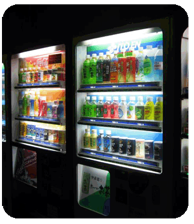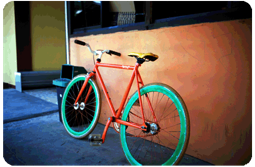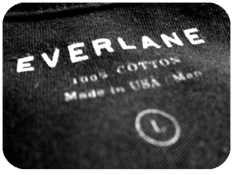 Last year the retail chain Staples signed a contract to become the State of New York’s official office-supplies vendor, which looked like quite a coup at the time. After all, the agreement put Staples in direct contact with city halls, schools, police departments and charities across the state. In fact, the company was so desperate to tap this lucrative market that it pledged to sell a number of products for just a penny apiece. While this bold promise helped Staples Continue reading
Last year the retail chain Staples signed a contract to become the State of New York’s official office-supplies vendor, which looked like quite a coup at the time. After all, the agreement put Staples in direct contact with city halls, schools, police departments and charities across the state. In fact, the company was so desperate to tap this lucrative market that it pledged to sell a number of products for just a penny apiece. While this bold promise helped Staples Continue reading







 Wal-Mart became the world’s largest retailer by keeping margins low on everything, including employee compensation. For the Florida-based grocer Publix, however, keeping staff motivated through strong financial incentives is a recipe for success rather than instability. Publix’s net margins of 5.6 percent trounce Wal-Mart’s 3.8 percent, making it the most profitable grocery chain in the nation. With $27.5 billion in sales, it’s also the largest employee-owned company in America. Staffers control 80 percent of the company thanks to a policy
Wal-Mart became the world’s largest retailer by keeping margins low on everything, including employee compensation. For the Florida-based grocer Publix, however, keeping staff motivated through strong financial incentives is a recipe for success rather than instability. Publix’s net margins of 5.6 percent trounce Wal-Mart’s 3.8 percent, making it the most profitable grocery chain in the nation. With $27.5 billion in sales, it’s also the largest employee-owned company in America. Staffers control 80 percent of the company thanks to a policy